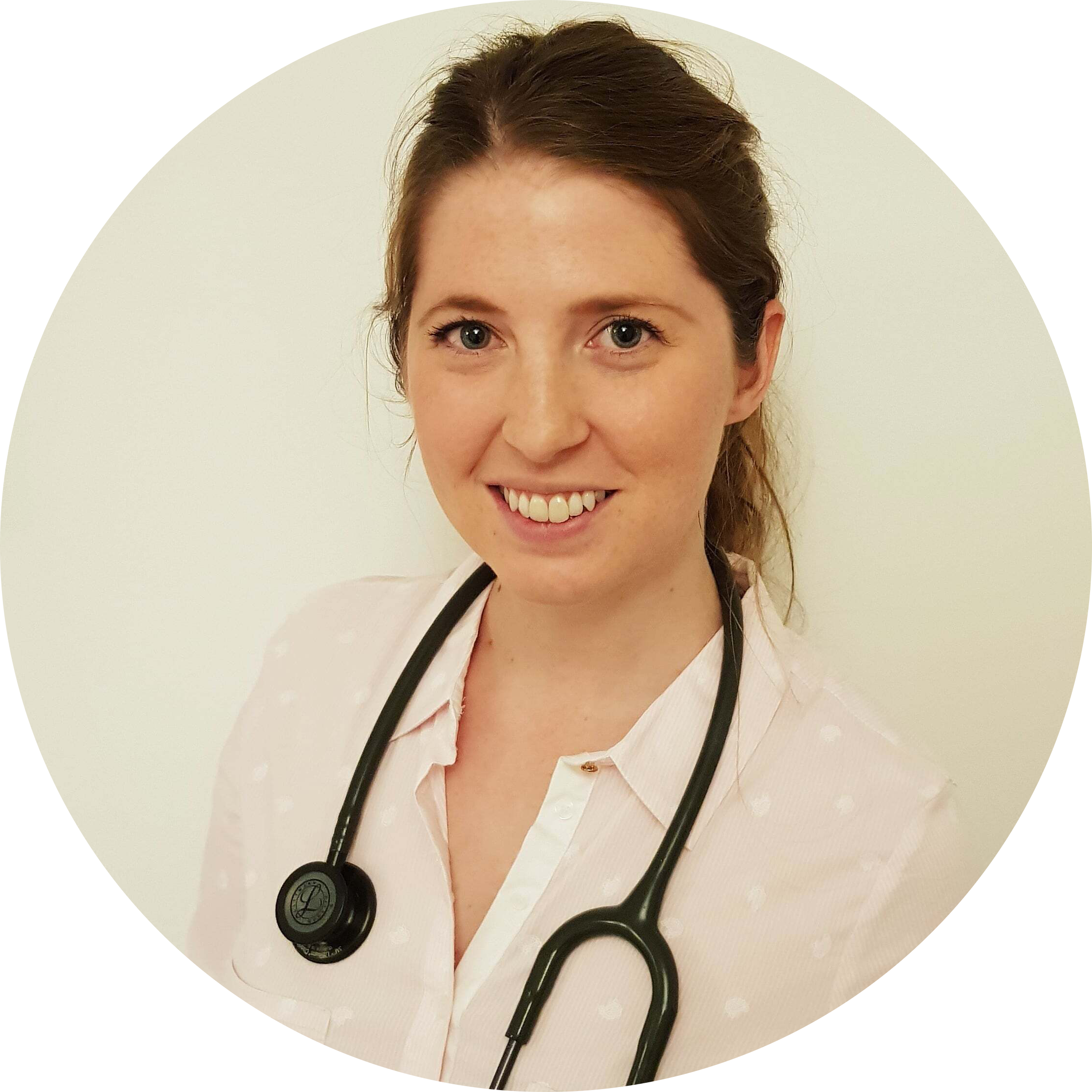Endometriosis
Reviewed by:
Dr Rhianna McClymont
, Lead GP at Livi
Endometriosis is a disorder where tissue similar to the tissue lining the uterus grows outside your uterus. Find out more about the symptoms, causes and treatment options.

What is endometriosis?
Endometriosis is a condition in which the same kind of tissue that forms the lining of your uterus (womb) grows outside the uterus. It may develop on the ovaries, bowel and tissues lining your pelvis. It can affect women of all ages and can have a big impact on your life.
What are the symptoms of endometriosis?
Endometriosis symptoms can vary. Some women have mild symptoms, while others are severely affected by endometriosis pain and other challenging symptoms.
Common endometriosis symptoms include:
Painful periods (dysmenorrhea) – pain in the lower tummy and back (called pelvic pain) which may start before your period and continue during it
Heavy periods – heavy bleeding during your period or bleeding between periods (intermenstrual bleeding)
Pelvic pain – pain in the lower abdomen (tummy) and back
Painful sex – pain experienced during or after intercourse
Discomfort while peeing or pooing – during your period, you may experience pain with urination or bowel movements
Other symptoms include – feeling sick, constipation, diarrhoea, bloating, and tiredness
If the symptoms are severe, endometriosis can have a significant effect on your life, stopping you from doing your normal activities. This can sometimes lead to feelings of depression.
When to see a GP
It’s essential to see a GP if you’re having endometriosis symptoms, particularly if they disrupt your life.
It might be a good idea to keep a diary or write down your symptoms before your GP appointment.
Endometriosis can be challenging to diagnose because the symptoms vary so much, and many other conditions cause similar symptoms.
The GP will ask you to describe your symptoms, including where you experience any pain and when it happens. They may also ask to examine your tummy and vagina.
If they think you have endometriosis, they may recommend specific treatments. But if these don’t work, you might be referred to a specialist doctor (gynaecologist) for more tests, like:
Ultrasound scan – This may be a transvaginal ultrasound in which the doctor inserts a device (transducer) into your vagina to get images of your reproductive organs or an abdominal ultrasound where the transducer is pressed against your tummmy
Laparoscopy – This is a surgical procedure that allows the doctor to see the inside of your abdomen. Under a general anaesthetic, a tiny cut is made in your tummy, and a thin tube is passed through
Endometriosis treatment
There’s no cure for endometriosis, but there are some effective treatments that can help ease your symptoms.
Possible treatments include:
Painkillers like ibuprofen and paracetamol – To relieve pain, they can be used together if you’re in severe pain
Hormone medications - These limit or stop oestrogen production (a hormone) in your body, which encourages endometriosis tissue to grow. The main types are the pill (combined oral contraceptive pill) and progestogens (synthetic hormones) like the contraceptive implant, the contraceptive injection, the coil (intrauterine system or IUS) and progestogen pills
Gonadotrophin-releasing hormone (GnRH) analogues – synthetic hormones that bring on temporary menopause by slowing oestrogen production. They’re sometimes used about three months before surgery to reduce the growth of endometriosis tissue
Surgery to remove patches of endometriosis tissue
Hysterectomy - surgery to remove the uterus (womb)
The doctor will discuss the endometriosis treatment options with you and decide what’s best for you. This will depend on things like:
Your age
Your medical history and if you’ve tried any endometriosis treatments before
What your main symptoms are
Whether you want to have a baby (some treatments prevent pregnancy)
How you feel about having surgery and any risks involved
Sometimes treatment isn’t needed if your symptoms are mild, you’re not experiencing any severe complications, or the endometriosis gets better by itself. But it can get worse if left untreated, so it’s essential to keep a close eye on your symptoms and get treatment if needed.
Complications of endometriosis
Fertility problems – If you’re trying to have a baby, you may find it difficult to conceive, but not all women will experience this. Having surgery to remove patches of endometriosis tissue can help you get pregnant, but it’s not guaranteed. If you’ve been trying to get pregnant for a while, infertility treatments like in vitro fertilisation (IVF) may be an option to discuss with the doctor
Adhesions – ‘Sticky’ patches of endometriosis tissue that joins internal organs together and can cause pain
Cysts – Fluid-filled sacs that develop on your ovaries. They can sometimes get bigger and become painful
Surgery complications – As with all types of surgery, there are risks involved. The most common minor complications are wound infection, bruising, and minor bleeding. More severe complications are damage to the uterus (womb), bladder or bowel, severe bleeding, and a blood clot in the leg (deep vein thrombosis) or in the lung (pulmonary embolism)
- Reviewed by:
 Dr Rhianna McClymont, Lead GP at Livi
Dr Rhianna McClymont, Lead GP at Livi
